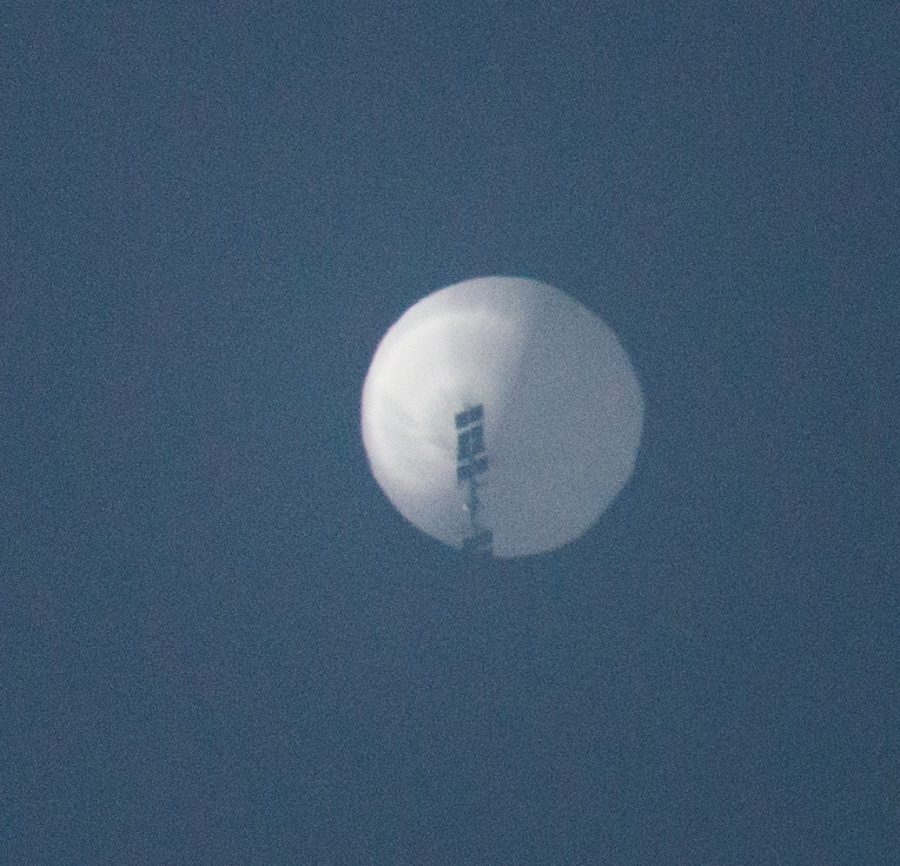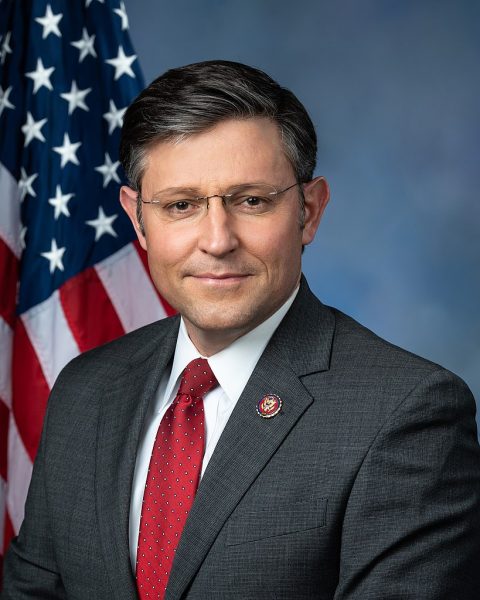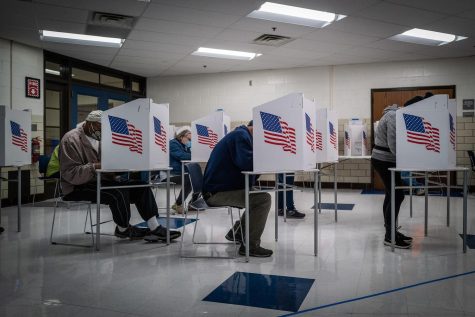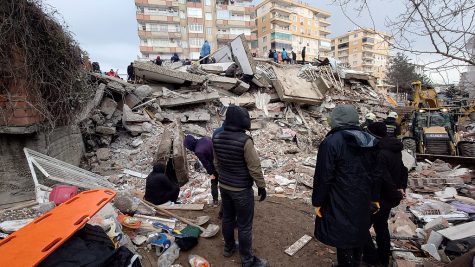Less popping balloons, more breaking down barriers
It is time for leaders to look away from the sky
A surveillance balloon flies above the United States.
March 23, 2023
The air has been quite a stir recently because of some frequent unexpected visitors. Meanwhile, on the ground, debates have been heating up between two world powers regarding a balloon that wandered into U.S. territory like some kind of public spectacle.
As with any debate, you’d expect two sides to be passionately engaged with one another, verbally cross-firing their points. But in this case, the lack of direct communication between the two nations — the U.S. and China — has made it clear that the symbolic significance of the balloon is taking precedence over any actual damage it might cause.
In the past couple of weeks, the world has been in a frenzy over the “spy balloon” from China, which flew over Alaska and British Columbia, Canada. In response, the U.S. government quickly dispatched an F-22 fighter jet to shoot down the balloon off the coast of South Carolina. Yet, the downing of the balloon did not placate the already anxious public within the United States.
The mere presence of a Chinese “spy” in U.S. airspace caused a significant stir among politicians. China’s most senior diplomat, on the other hand, criticized the United States for shooting down the balloon, deeming the move “absurd and hysterical” and indicative of U.S. weakness.
The timing of the balloon’s appearance is particularly curious. China had recently eased some of its COVID-19 restrictions and was likely looking for new ways to engage with the world. And what better way to show it than sending an innocuous balloon to U.S. territory?
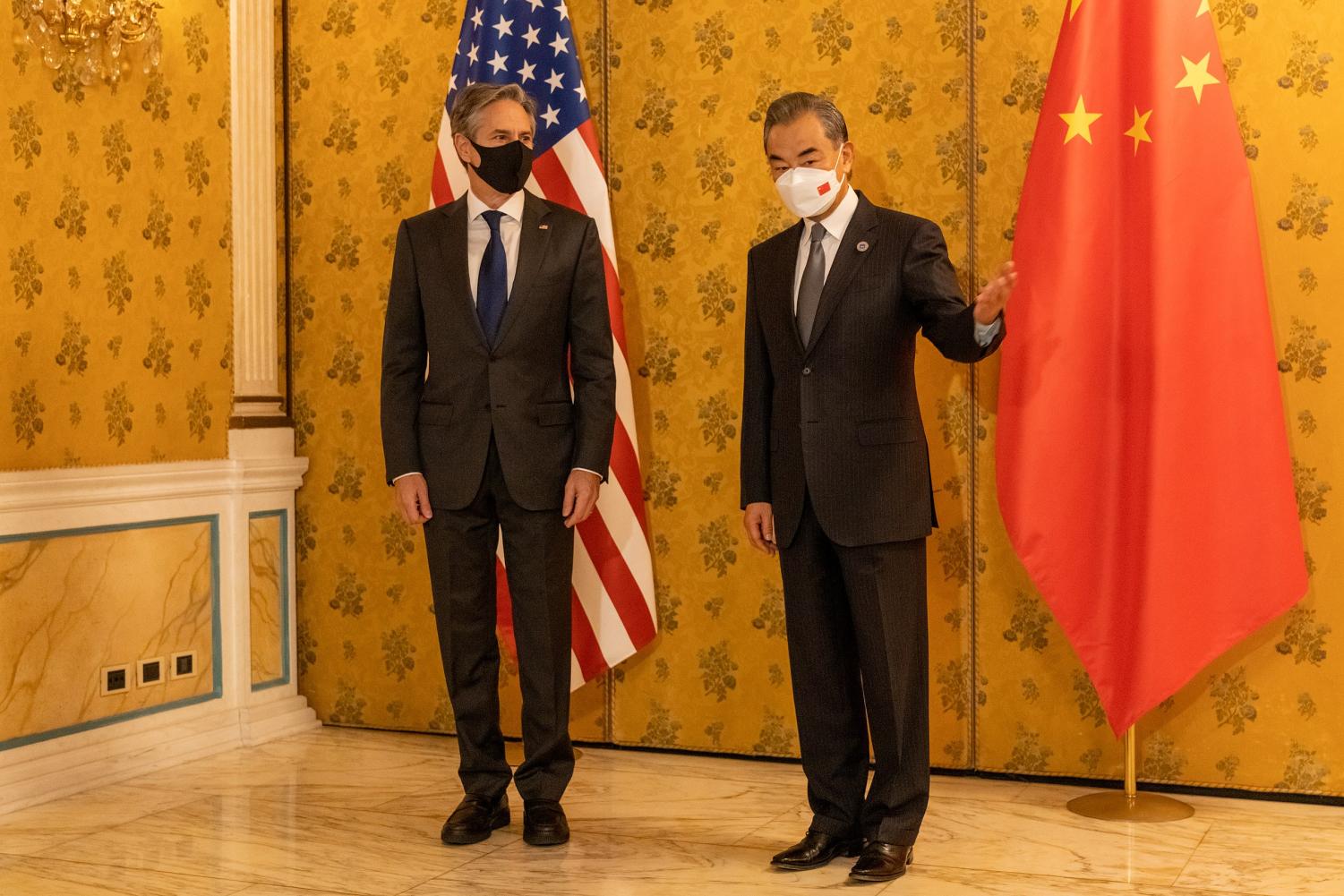
The U.S. secretary of state, Antony Blinken, was expected to visit China in early February to continue discussions concerning one of the U.S.’s most complex and important diplomatic relationships but had to cancel his visit because of this abrupt incident.
Amidst all of this, the ongoing conflict in Ukraine has been devastating for the country and its people for almost two years. The United States and China have taken different approaches to this conflict, with the United States supporting Ukraine and imposing economic sanctions on Russia, while China has largely remained neutral.
The current circumstances have placed the United States and China in a precarious position. Any significant diplomatic incident that arises could either mark the beginning of a new era of cooperation or further escalate the conflict.
The United States clearly found the off-course balloon, whether it is for civilian or military purposes, a source of provocation. The popular media has been sensationalizing the issue by associating it with mysteries such as extraterrestrial UFOs and the possibility of China using similar spying mechanisms worldwide. Since the Feb. 4 balloon shoot-down, the U.S. Department of Defense has reported three separate occasions that fighter jets had to take out objects that they believed to be Chinese surveillance devices. This incident feels reminiscent of the Cold War era, as tensions continue to rise between the communist and capitalist countries.
Then the familiar political blame game began once more. Democrats and Republicans in the United States wasted no time in pointing fingers at each other. While the Biden administration defended taking down the balloon from the coast as a safe and timely option, his Republican opponents in Congress and beyond were quick to argue that any sign of Chinese intrusion should have been shot down to avoid any further danger.
As usual, with no effective bilateral agreement or communication between Washington, D.C. and Beijing, it is easy to predict the outcome of this situation. The balloon incidents will become yet another addition to the long list of contentious issues between the United States and China — from human rights abuses to COVID-19 controversies and, of course, the ever-popular topic of surveillance by TikTok, 5G and other technologies.
The balloon incidents will become yet another addition to the long list of contentious issues between the United States and China — from human rights abuses to COVID-19 controversies and, of course, the ever-popular topic of surveillance by TikTok, 5G and other technologies.
The Chinese government seems to be more interested in how the United States reacted to the balloon incident than the actual balloon itself, even if it was a deliberate test. The claim of overreaction is not unfounded because the United States has had a long history of depicting its political adversaries as villains, which makes its response to the balloon seem like a comedy. The mainstream media has been relentlessly bashing China and Russia, while positive portrayals of these countries are often based on personal experiences rather than government narratives.
On the other hand, China has been equally critical of the United States, especially regarding its military presence in Asia and its support for Taiwan, which was fueled by Nancy Pelosi’s visit. This makes it difficult for Chinese officials to offer friendly gestures toward the United States, since aggression and suspicion are the norms in diplomatic interactions between the two superpowers.
Despite admitting that the off-course balloon was a minor mistake on their side, China said it reserved the right to take further actions in response and emphasized its determination to protect its legitimate rights and interests.
Sadly, neither the United States nor China seems willing to take proactive steps toward communication and reconciliation at this point. These two superpowers have significant differences in their political systems, economic backgrounds and histories, but they do share one thing in common at this point — they only speak to their local audiences and frame the story as they wish.
The peacemaking cannot be left up to the public in both nations, who are currently being misled by propaganda. Both nations must be willing to compromise and show understanding toward each other in order to move forward. Perhaps it is time for leaders to look away from the sky and start taking inspiration from how ordinary people handle misunderstandings.


